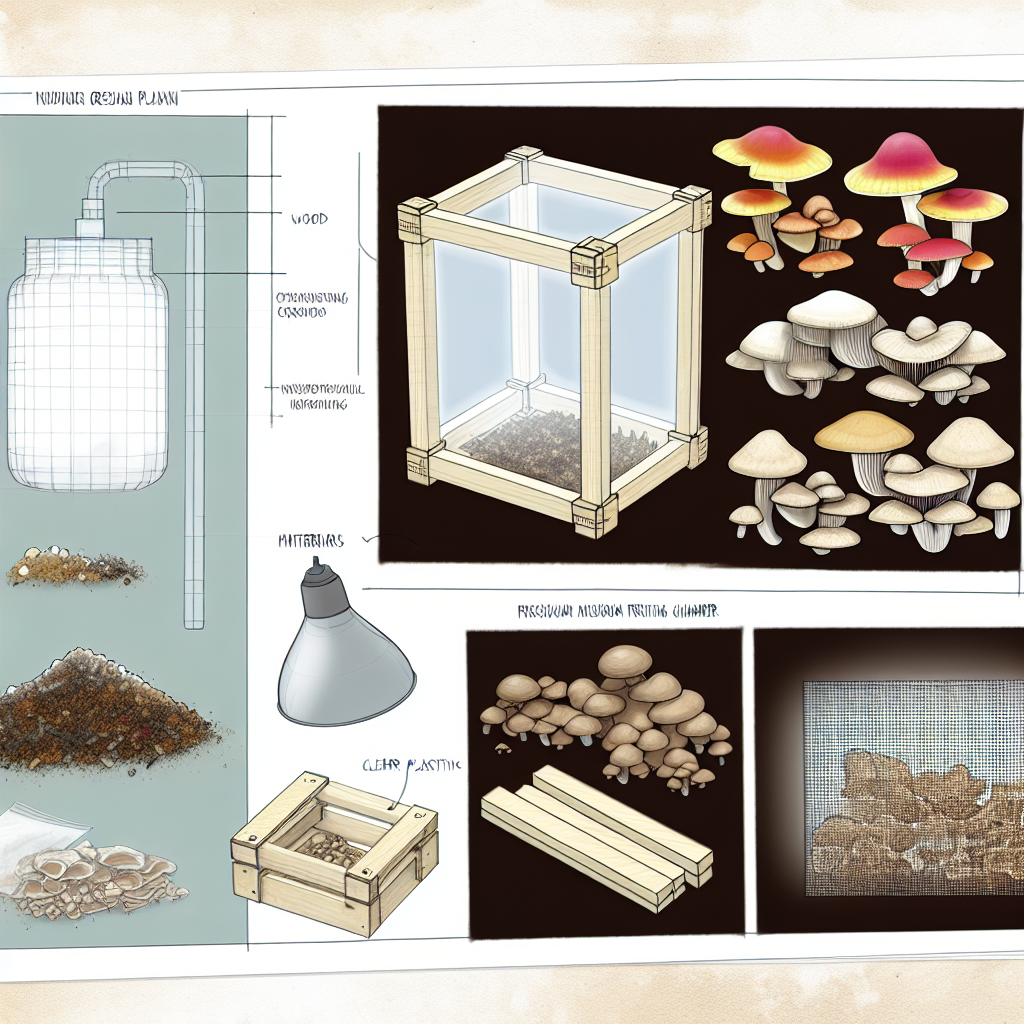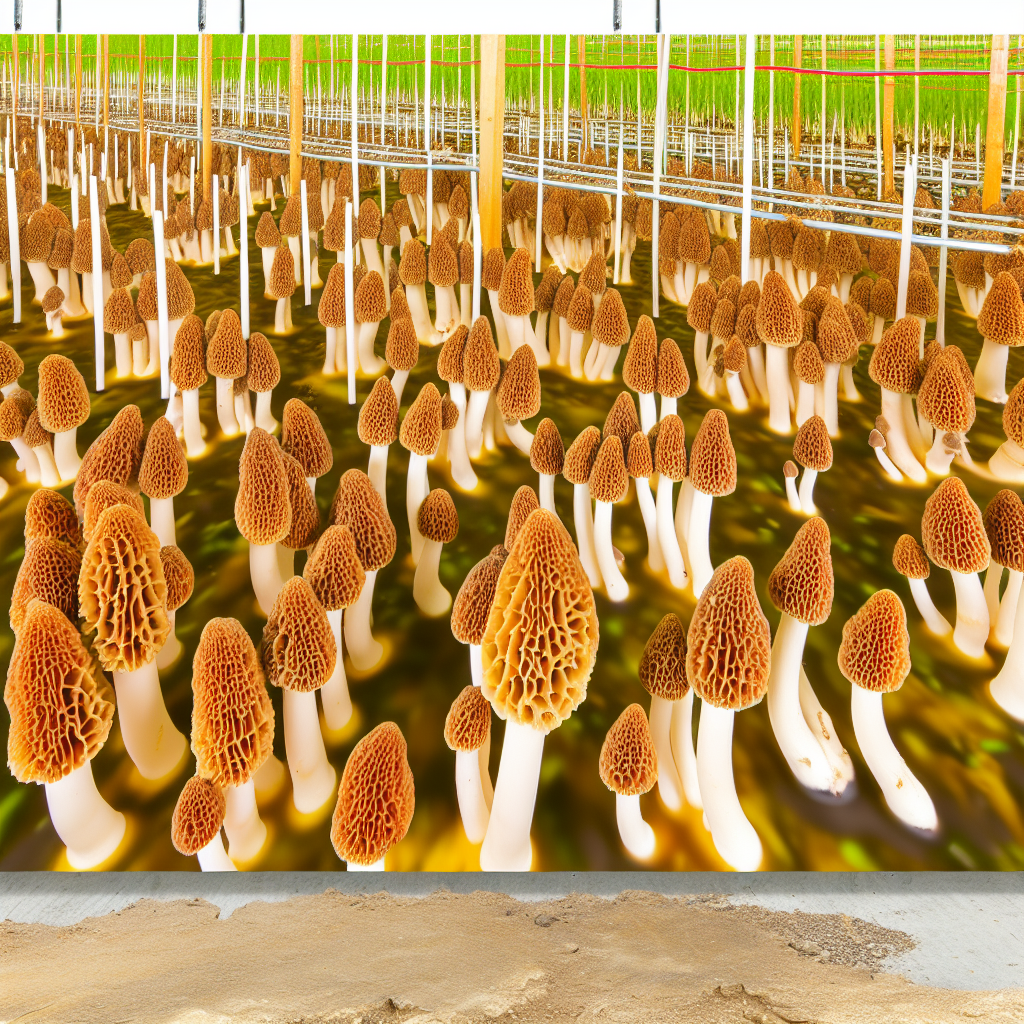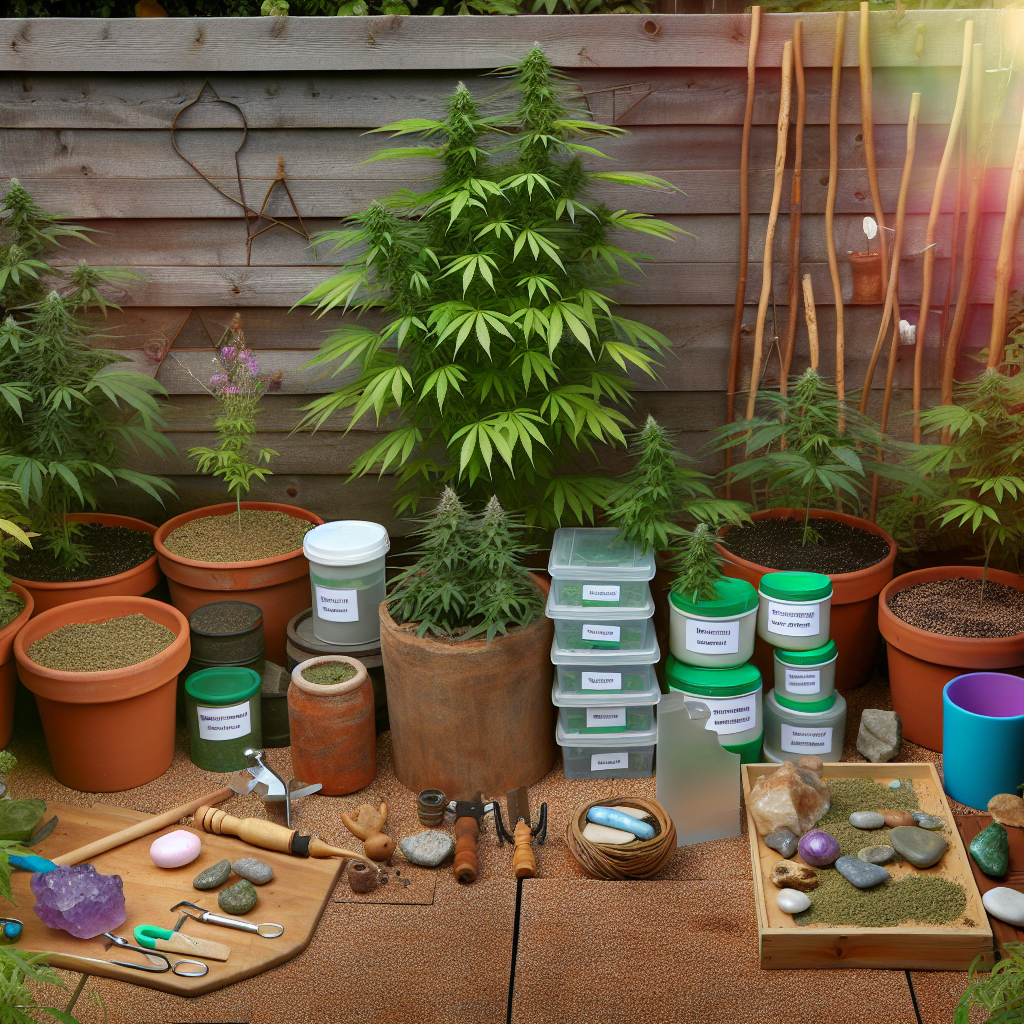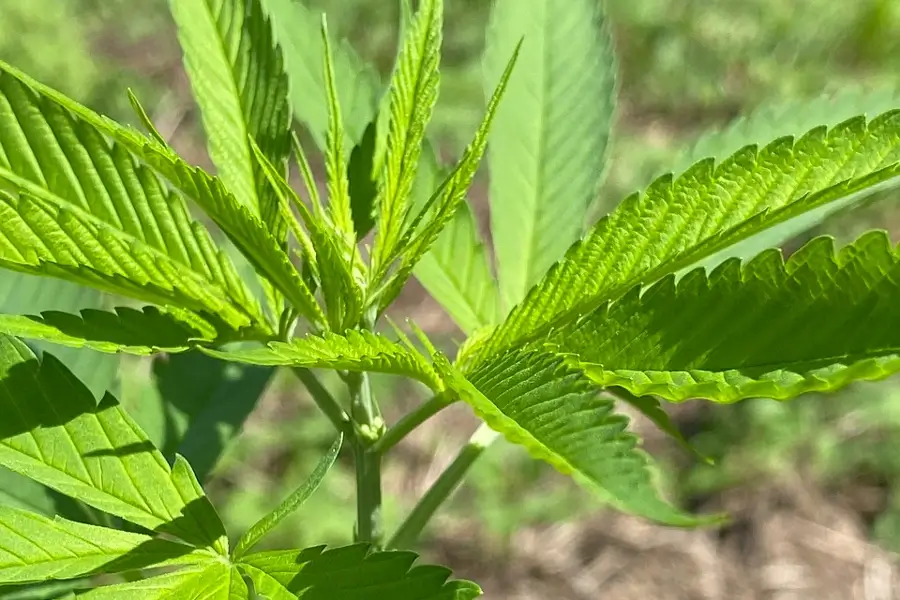Mushroom Fruiting Chamber Design: Professional-Grade DIY Plans
Author: Bluntys.com | Published: [Insert Date Here]
Mushrooms are not just trending—they’re transforming culinary arts, holistic healing, and even mental health therapies with psilocybin-assisted treatments. As the demand for gourmet and medicinal fungi skyrockets, growing high-quality mushrooms at home or at scale requires more than just spores and substrate—it demands environmental precision. Enter the mushroom fruiting chamber: the unsung hero of high-yield cultivation.
In this detailed guide, you’ll learn how to build a professional-grade DIY fruiting chamber designed to optimize mushroom growth, minimize contamination, and scale your hobby or enterprise efficiently. Whether you’re growing shiitake, oyster, lion’s mane, or psilocybin varieties, the right setup makes all the difference. Let’s dive in.
Why an Effective Fruiting Chamber is Critical for Successful Mushroom Cultivation
Behind every thriving mushroom grow lies a well-designed fruiting chamber. Unlike inoculation or spawn runs which often take place in near-sterile environments, fruiting occurs in open-air but controlled systems that balance humidity, CO₂ levels, temperature, and light exposure.
Store-bought mushroom kits often trade precision for convenience, which limits yield and flexibility. On the other hand, a thoughtfully engineered DIY system enhances control, sustainability, and cost-effectiveness. Much like premium cannabis tents, fruiting chambers can be tailored for cycle timing, substrate variety, and mushroom species. The result? More mushrooms, fewer issues.
The Science of Fruiting: What Your Chamber Needs to Replicate Nature
To understand mushroom fruiting, we need to mimic nature—but at a consistently optimal level. According to a 2020 study in the Journal of Fungal Biology, mushrooms require:
- Humidity: 85–95% during fruiting phases
- Fresh Air Exchange: At least 4–6 air changes per hour
- Light: Indirect 12-hour on/off light cycles (natural or LED)
Additionally, maintaining appropriate CO₂ levels and temperature control is paramount. Research from Mycological Progress found a direct relation between poor airflow and increased contamination by molds like Trichoderma and Aspergillus. That’s why airflow and cleanliness aren’t just recommendations—they’re requirements.
Top Features of a Professional-Grade DIY Fruiting Chamber
By integrating success-proven features and environmental tech, your DIY fruiting chamber can compete with commercial-grade systems. Here’s what to include:
- Automated Humidity Control: Ultrasonic or cool-mist humidifiers managed via controllers like Inkbird ensure stable RH levels.
- Fresh Air Exchange (FAE): Inline duct fans or timed passive airflow via HEPA-filtered vents prevent CO₂ buildup.
- Temperature Regulation: Use heating mats, mini AC units, or Raspberry Pi/Arduino thermostats to stay within optimal fruiting ranges (60–75°F for most species).
- Sanitization Add-ons: UV-C lights or ozone ionizers can minimize spores and airborne contaminants.
- Durable Materials & Modularity: Food-grade plastic tubs (monotubs), PVC for frame structures, stainless steel shelving, and adjustable rack layouts.
What elevates this from weekend project to professional grow gear is how these systems interact. Smart automation and modular designs bring biotech-level precision to home mycology setups.
Blueprints for Success: Design Styles to Match Your Goals
Ready to get hands-on? Here are three common DIY chamber designs tailored for various levels of commitment and production:
- The Monotub: Ideal for beginners or small-batch growers. A plastic tub modified with polyfill or filtered holes and fan/humidity integration.
- Mini Greenhouse Tent (Shotgun Chamber): A vertical setup using a zip-up greenhouse, ultrasonic humidifier, and inline fan offers more room without huge footprints.
- Walk-In Grow Room: Designed from PVC or metal framing with Mylar sheeting, digital monitors, and smart climate dashboards—perfect for advanced cultivators or small business models.
Whether modest or monitored, all systems should incorporate tools like hygrometers, timers, air filters, and regular cleaning protocols. The goal isn’t only growth—it’s reliable, repeatable success.
Fusing Sustainability, Technology, and the DIY Spirit
Building your own fruiting chamber isn’t just a means to an end—it reflects rising awareness about food sovereignty, sustainable production, and the growing biotech-and-botanics movement. As with microgreens, cannabis, or aquaponics, mushroom cultivation sits at the crossroads of home-based independence and scientific advancement.
Combining sensors, air regulation, humidity systems, and adjustable structures, today’s growers are essentially creating personalized bioreactors. It’s science. It’s sustainability. And it starts in your garage, basement, or spare room.
Conclusion: Your Fruiting Chamber is the Sprouting Ground for Long-Term Success
A well-crafted fruiting chamber transforms your mushroom cultivation from experimental to exceptional. With the rise of mushroom-based wellness, gourmet applications, and research, having control over your environment is no longer optional—it’s the bedrock of a successful yield strategy.
Whether your goals lean toward entrepreneurship, biology projects, or personal wellness, investing time into chamber design primes you for long-term success. With just a moderate budget, some elbow grease, and awareness of fungal needs, you’ll be cultivating like a professional in no time.
References
- Fungal Biology Journal: Environmental Triggers for Fruiting
- Mycological Progress: Air Quality’s Impact on Mold Formation
- North American Mycological Association
- Tradd Cotter: Organic Mushroom Farming & Mycoremediation
- Mushroom Cultivation Wiki
Want more tips on mushroom and cannabis cultivation? Visit us at Bluntys.com for expert guides and gear reviews!
This detailed guide explains how to build a professional-grade DIY mushroom fruiting chamber that optimizes growing conditions for high-yield cultivation. From integrating automated humidity control, fresh air exchange, and temperature regulation to leveraging smart biotech features, the article covers essential design elements and three common chamber styles to match your goals – whether you’re a beginner or advanced cultivator. With the rise of mushroom-based wellness, gourmet applications, and research, a well-crafted fruiting chamber is the foundation for long-term success.




